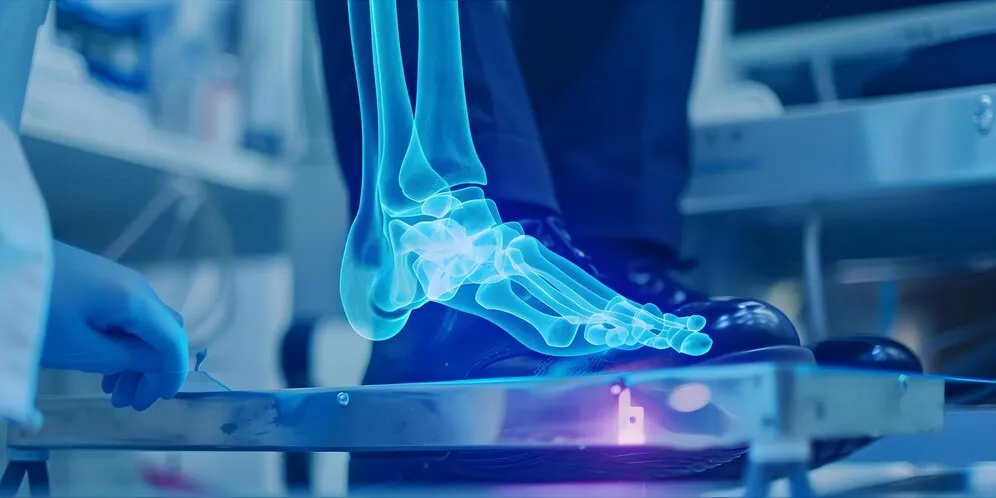The Rise of OpenAI’s Sora in Text-to-Video Generation
Author: Inza Khan
OpenAI has introduced Sora, a tool that transforms text prompts into video content, much like its predecessor DALL-E but for moving images instead of static ones. Sora has acquired attention on social media for its ability to generate video clips that resemble professionally produced movies, all from simple text inputs.
In this blog, we’ll break down what Sora can do, how it accomplishes it, and when it might become available for widespread use.
What Sora Can Do?
Sora can generate video clips up to 60 seconds long. Users can also extend the length by creating additional clips. This is a big deal because previous AI tools struggled to keep video frames consistent. Despite its abilities, Sora’s technique isn’t groundbreaking. It’s mostly a matter of scaling up existing methods.
How Sora Works?
Sora is a large computer program trained to match text captions with video content. Technically, it’s a diffusion model, similar to other AI tools. It uses a transformer encoding system like ChatGPT’s. Developers trained Sora by refining video clips and removing visual noise, translating text into temporal-spatial blocks to create complete video clips.
Development and Training
OpenAI hasn’t shared much about how Sora was developed or trained. Experts speculate it relied on a lot of training data and billions of program parameters, running on powerful computers. OpenAI used licensed and publicly available video content for training, possibly supplemented with synthetic data from programs like Unreal Engine.
Advantages of Sora
- Capable of understanding long prompts, including those with up to 135 words.
- Can create various scenes, from people and animals to cities and gardens.
- Uses DALL-E 3’s technique for detailed captions.
- Generates realistic videos with multiple characters and accurate details.
- Can make videos from pictures and add to existing ones.
- Aims to be a foundation for advanced AI models.
Limitations of Sora
- Struggles with accurately showing complex physics and understanding cause-and-effect.
- Sometimes misses details like bite marks on cookies.
- Mixes up left and right at times.
When is Sora Launching?
Currently, OpenAI hasn’t set a specific launch date for Sora’s wider release. Prioritizing safety, OpenAI plans to involve policymakers, educators, and artists globally to address concerns and explore potential uses. Updates on the launch will be shared through OpenAI’s official channels.
How to Use Sora?
Once launched, OpenAI aims to make Sora easy to use. Users might access it through:
- A dedicated platform: OpenAI could create a platform just for Sora, making it easy to find and use.
- Integration with existing OpenAI services: Sora might become part of OpenAI’s existing services, making it accessible to users who are already familiar with their tools.
- Specific applications: OpenAI could work with developers to create apps tailored for different uses of Sora’s text-to-video abilities.
As OpenAI shares more details, we’ll learn exactly how to access Sora. Whether through a platform, integrated services, or specialized apps, users can expect a straightforward experience to make the most of Sora’s capabilities.
OpenAI’s Sora: A Detailed Look at Text-to-Video Technology
OpenAI’s approach involves training text-conditional diffusion models on a wide range of video and image data, covering diverse durations, resolutions, and aspect ratios. Sora’s architecture relies on a transformer model that operates on spacetime patches, allowing the generation of high-quality video content. By leveraging the transformer’s scalability, Sora takes steps toward building general-purpose simulators of the physical world.
The Path to Video Patch Representation
Inspired by the success of large language models, Sora employs visual patches as tokens to represent video data effectively. By compressing raw video data into a lower-dimensional latent space and decomposing it into spacetime patches, Sora achieves scalability and effectiveness in training generative models across various types of videos and images.
Scaling Transformers for Video Generation
As a diffusion model, Sora predicts the original “clean” patches from noisy inputs using a diffusion transformer architecture. Demonstrating remarkable scaling properties similar to transformers in language modeling and image generation, Sora shows promise for advancing video generation technology.
Variable Durations, Resolutions, and Aspect Ratios
Unlike previous approaches, Sora trains on data at its native resolution, offering several advantages. This approach enhances sampling flexibility, allowing Sora to generate content tailored to different devices and aspect ratios. Moreover, training on videos at their native aspect ratios improves composition and framing, resulting in higher-quality outputs.
Language Understanding and Prompting Capabilities
Training text-to-video generation systems requires a vast corpus of videos with corresponding descriptive captions. Sora incorporates the re-captioning technique pioneered in DALL·E 3, enhancing text fidelity and overall video quality. By leveraging prompts generated by GPT, Sora can accurately follow user instructions, enabling the generation of high-quality videos aligned with specific prompts.
Expanding Capabilities
Beyond text-to-video generation, Sora exhibits versatility in animating images, extending videos, and facilitating video-to-video editing tasks. By seamlessly interpolating between input videos and transforming styles and environments, Sora enables users to manipulate video content effortlessly.
Emerging Simulation Capabilities
Sora’s training at scale has unlocked intriguing emergent capabilities, including 3D consistency, long-range coherence, object permanence, and interactions with the world. These capabilities hint at Sora’s potential to simulate complex scenarios and digital worlds, paving the way for highly capable simulators of the physical and digital realms.
Conclusion
OpenAI’s Sora offers a notable advancement in text-to-video technology, with potential applications across various industries. While it excels in generating realistic video content from text prompts, it also faces challenges in accurately depicting certain aspects. Despite lacking a specific launch date, OpenAI prioritizes safety and collaboration with stakeholders for a responsible release. Once available, Sora’s user-friendly interface and integration options are expected to make it accessible to a wide audience.




